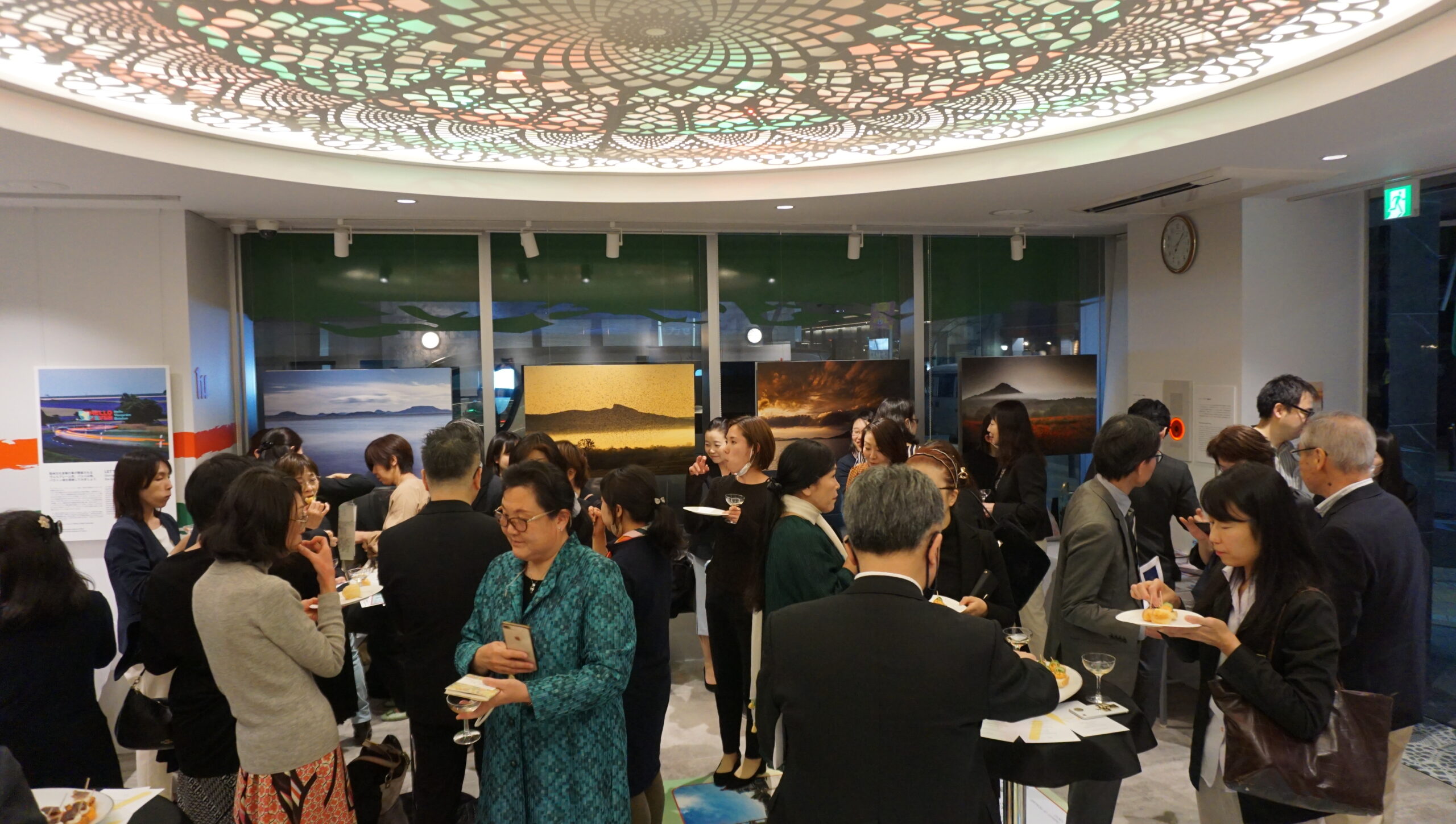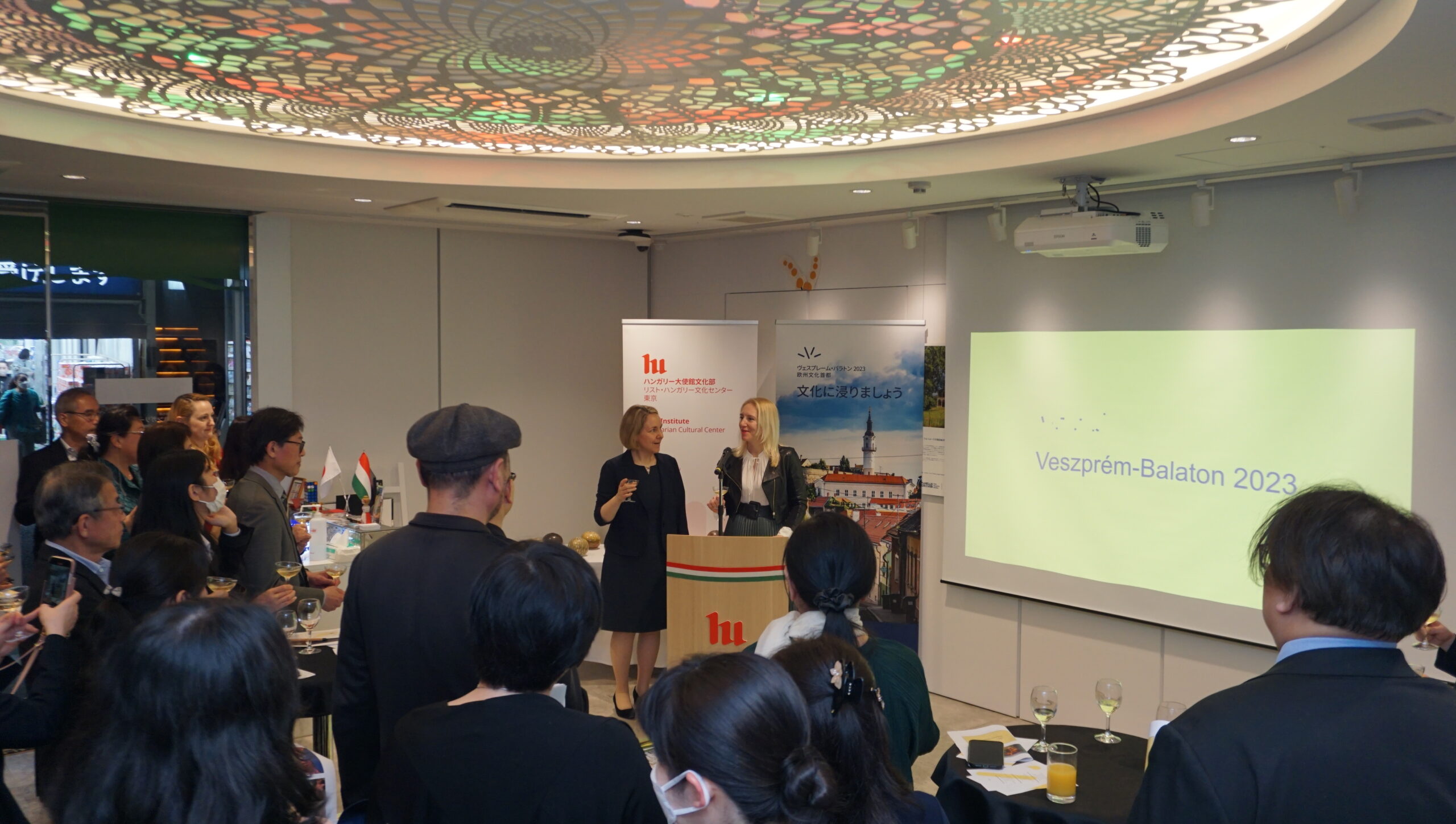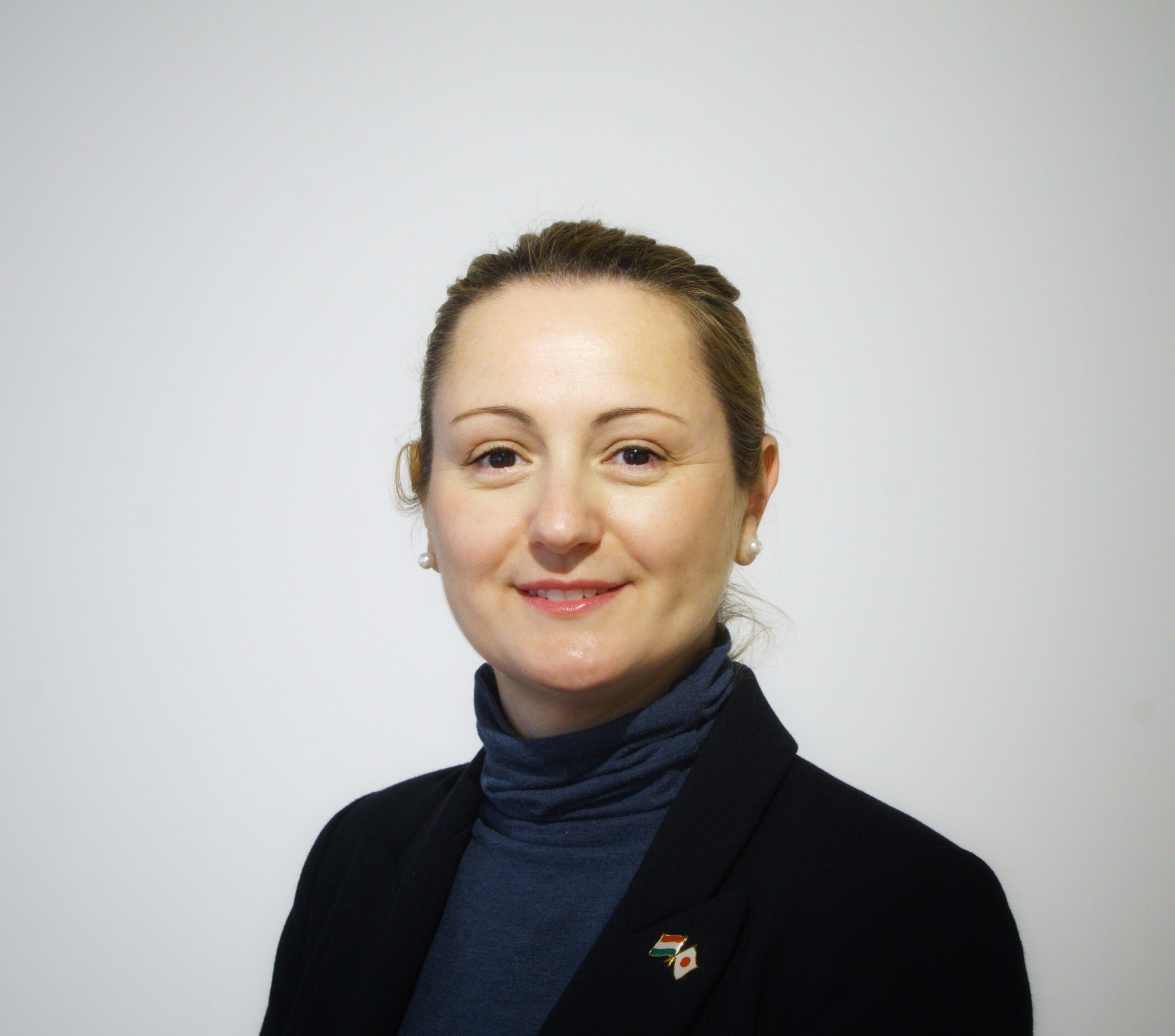Column
ColumnWelcome to the world of European Capital of Culture
The European Capital of Culture is a cultural project that started in 1985. It has 38 years of history. It aims to raise the international profile of cities, bring new life into urban culture and stimulate the tourism industry. It has now become a global initiative, with artists from Japan and more than 100 countries taking part. The host cities offer a diverse programme of cultural and artistic events throughout the year, attracting visitors from all over the world.
In 2010, Pécs in the south of Hungary, was selected as European Capital of Culture and hosted various programmes. This year, for the first time in 13 years, the western part of the country, including the city of Veszprém, the Bakony Mountains, Lake Balaton, and its surrounding areas, will serve as European Capital of Culture. One of the reasons why it is not just one city is that the activities of the European Capital of Culture will also extend to the surrounding area. The city of Veszprém, the main city of the region, is about an hour and a half by train from Budapest, the capital of Hungary. The city is designated as a UNESCO Creative City and is known as the ‘City of Music’.
The city has been home to a music academy since 1916. It is also famous for its music education, as well as its traditional choirs, such as ‘Veszprém City Choir’ and the ‘Gizella Women’s Choir’. Many of the programmes planned for the European Capital of Culture also include musical events, among them the European Youth Music Festival. The Japanese choir is scheduled to participate in this event. The city is also the gateway to the Bakony Mountains and Lake Balaton. The world-famous porcelain studio, Herend is located approximately 20 minutes away by bus.
The Bakony Mountains and Lake Balaton are also rich in nature, with Lake Balaton being the largest in Central Europe and the nearby thermal lake Héviz is also famous. The Badacsony wine also belongs to this region. Although there are still very few visitors from Japan, once you are there, you will be captivated by its undiscovered charms.

With the start of the European Capital of Culture in 2023, we thought carefully about how to introduce it in our museum. After coordinating with the relevant Hungarian authorities, we are pleased to present the exhibition ‘Welcome to the World of the European Capital of Culture’ in Azabu, Tokyo. This is an exhibition that allows visitors to enjoy a world they would normally have to visit in Veszprém, Hungary. Firstly, the exhibition features a panel display of photographs taken by photographer, Mr. Toroczkai Csaba, showing the spectacular scenery and culture of the Bakony Mountains and the surrounding region. A photojournalist who has been working in the field of photography for well-known Hungarian magazines for more than 30 years, Mr. Csaba has won numerous competitions and awards. He has been ‘wandering’ in the Balaton Highlands for many years, capturing both well known and not so common places in his photographs. These works will be shown for the first time in this exhibition. This body of work will be complemented by a series of works to be photographed in Japan and will also be showcased in Veszprème, the European Capital of Culture 2023, in this June.
In the next section, visitors can enjoy the work of Veszprém-based ceramic artist Ms. Néma Yulia. Ms. Néma is known as a practitioner and researcher of the traditional Japanese wood-fired kiln firing aesthetic. Led by the inspiration she found in Japan, she has been pursuing ceramic expression using local Hungarian clay. This early summer, she will be in Gifu Prefecture, Japan’s ceramic production centre, to engage with local artists through the medium of clay and materials. The cultural exchange she will attempt through the universal language of clay is to share awareness and appreciation of the earth and its natural environment. She promotes the broad values of the European Capital of Culture to the world.
In addition, a huge map of Veszprém and the surrounding area is displayed on the floor. Walking around on the map, you will feel as if you have visited the European Capital of Culture. There are also photo panels on show, with photographs and text showing the names of places and attractions on the map. You can deepen your knowledge by comparing them with each other.

On 30 March, the opening ceremony welcomed a total of three officials, including Mr. Alíz Markovits, Managing Director of European Capital of Culture Veszprém-Balaton 2023. Through presentations and materials, the media, travel agencies, international organisations, participants in this year’s programme and general attendees were given an introduction to the region and details of this year’s programme. The event was followed by a reception where guests enjoyed local wines and Hungarian delicacies. It concluded on a lively and successful note.
Ms. Néma and Mr. Trotsky are scheduled to visit Japan during the exhibition. Nema’s work will also be exhibited in the exhibition ‘Voices in Ceramics : Contemporary Hungarian Ceramic Art‘, which opens on 21 April at the Museum of Modern Ceramic Art, Gifu in Tajimi, a city has long been known for its pottery. His visit to Japan is scheduled for late May. Mr. Trotsky will visit Japan in April for photo shooting to prepare for the exhibition, that will be held in Veszprém in June.
It is hoped that this event will not only develop and raise the recognition of the European Capital of Culture Veszprém-Balaton 2023 in Japan and Hungary, but also that the works of these two talented artists will be disseminated in depth and in multiple directions.








